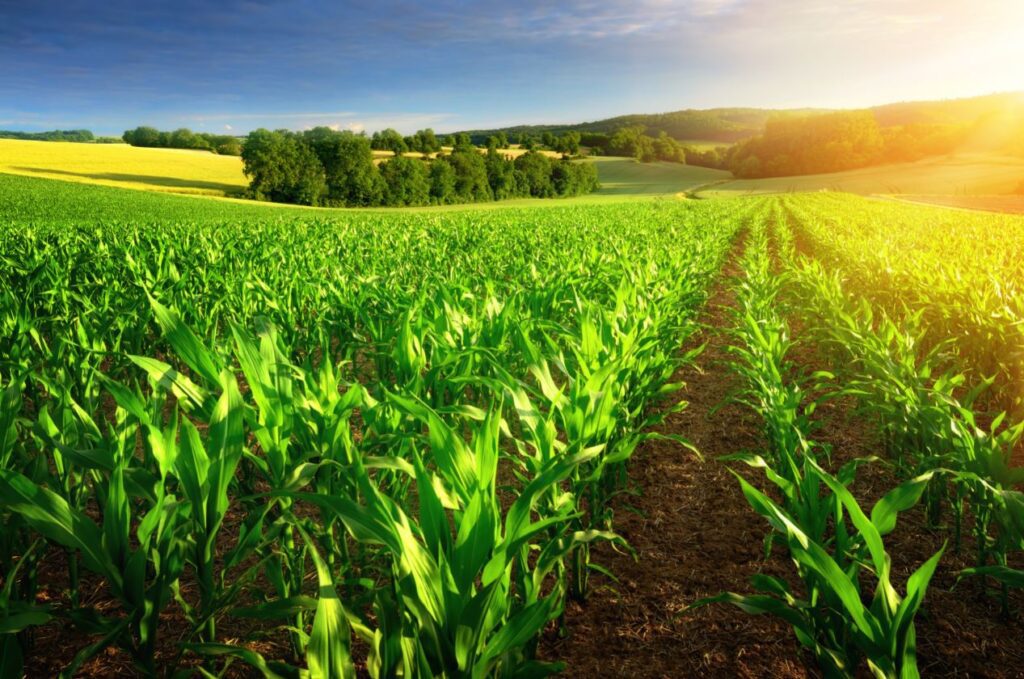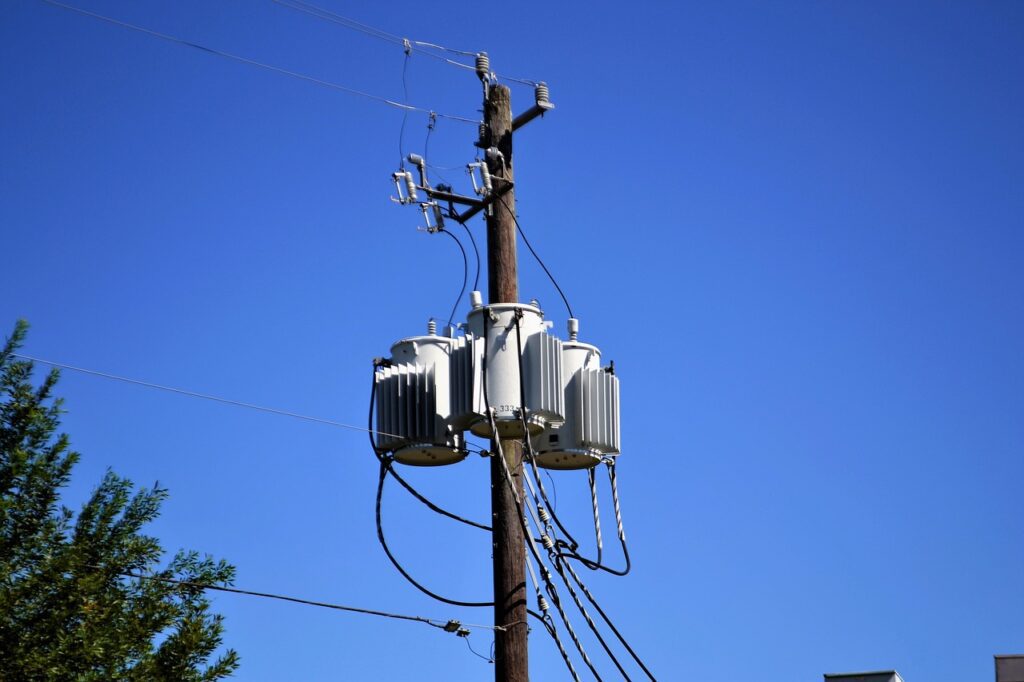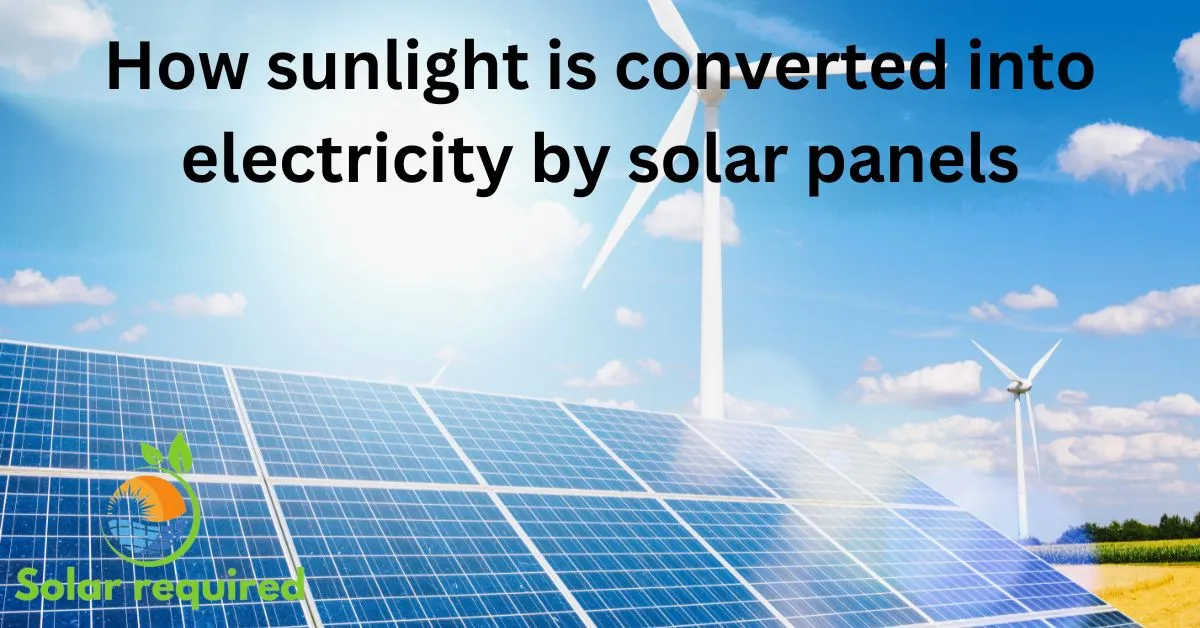Solar energy is a sustainable and renewable source. It has become very popular recently. Its versatility and numerous benefits make it an ideal choice for various industries including agriculture. In this article (Advantages of solar energy in agriculture) I will explore the benefits of using solar energy in farming. It can revolutionize how we grow crops and raise livestock.
What is Solar Energy?
Solar energy refers to the energy derived from the sun’s radiation. PV panels capture it. They turn sunlight into electricity. Or it is used by solar thermal systems. They use the sun’s heat for various tasks. Solar energy is abundant and free. It is an attractive alternative to conventional energy sources. These sources deplete finite resources.
Advantages of Solar Energy in Agriculture
Farming is vital. It feeds the world and aids economic growth. However traditional farming uses a lot of fossil fuels. This not only harms the environment but also makes agriculture vulnerable to changing fuel prices. Solar energy is a sustainable solution. It reduces greenhouse gas emissions and provides a stable energy source for farms.
Advantages of Using Solar Energy in Agriculture

Cost Savings:
One of the most significant advantages of using solar energy in agriculture is cost savings. Farmers can use the power of the sun. It can greatly cut their electricity bills. The initial investment in solar panels may seem expensive but the long-term savings outweigh the upfront costs. Also solar energy systems last a long time. They need little maintenance reducing expenses.
Energy Independence:
Solar energy empowers farmers to become energy-independent. By generating their electricity farmers no longer rely on the grid or fossil fuels. This freedom gives stability to farms. It also makes them resilient. This is especially true in remote areas with little electricity. Moreover, surplus energy can be stored in batteries for future use or sold back to the grid creating an additional revenue stream.
Environmental Benefits:
Farming is often linked with environmental problems. These include water pollution, soil damage and greenhouse gas emissions. Farmers can adopt solar energy. This will greatly cut their carbon footprint and lessen these impacts. Solar energy systems produce clean electricity without emitting harmful pollutants. This transition to renewable energy sources aligns with sustainable agricultural practices promoting a greener and more eco-friendly industry.
Case Studies Showcasing Successful Implementation of Solar Energy in Agriculture
Case Study 1: Solar-Powered Irrigation:
In India, the Deccan Development Society installed solar-powered irrigation systems. They did this in rural farming communities. These systems enabled farmers to irrigate their fields using solar energy eliminating the need for costly diesel-powered pumps. This initiative not only reduced greenhouse gas emissions but also improved crop yields and farmers’ income.
Case Study 2: Solar-Powered Greenhouses:
In the Netherlands solar-powered greenhouses have revolutionized the horticulture industry. These greenhouses utilize solar panels to generate electricity for lighting, heating and ventilation systems. Solar energy integration has increased energy efficiency and cut costs. It has also allowed year-round cultivation of high-value crops.
Case Study 3: Solar-Powered Livestock Farms:
In the United States solar energy has been successfully implemented in livestock farming operations. Solar panels are installed on barn roofs to generate electricity for lighting, ventilation and water pumping. This energy source cut costs. It also helped animals and the environment on the farms.
Solar Energy Can Reduce Costs in Agricultural Operations
Electricity Savings:
By utilizing solar energy agricultural operations can significantly reduce their electricity bills. Solar panels generate electricity that can power various applications such as lighting, irrigation, and machinery. This cut in energy costs lets farmers use their resources in other key areas. They can invest in things like diversifying crops or developing infrastructure.

Tax Incentives and Rebates:
Many governments worldwide offer tax incentives. They also offer grants and rebates. These are to encourage the adoption of solar energy in agriculture. These rebates can offset the start-up costs. They also cut the time it takes for solar installations to pay for themselves. Farmers should explore the incentives in their region. Doing so will maximize savings and speed the switch to solar energy.
Long-Term Financial Stability:
Solar energy systems have a long lifespan and require minimal maintenance. Once installed they can make electricity for decades. They provide a stable and predictable energy source. This long-term financial stability reduces the vulnerability of agricultural operations to fluctuating energy prices making them more resilient in the face of economic uncertainties.
Solar Energy Technologies for Agriculture
Photovoltaic (PV) Systems:
PV systems convert sunlight directly into electricity using solar panels. They can be installed on rooftops or open fields. They can even be integrated into farms. PV systems are versatile. They can power many things, like pumps lights and fences.
Solar Thermal Systems:
Solar thermal systems capture the sun’s heat and use it for applications such as water heating, space heating and crop drying. These systems often utilize solar collectors or concentrators to maximize heat absorption. Solar thermal technologies are useful in regions. These regions need heat-intensive processes like food processing or greenhouse operations.
Solar-Powered Irrigation:
Solar-powered irrigation systems utilize solar energy to power water pumps enabling farmers to irrigate their fields efficiently. These systems eliminate the need for costly diesel-powered pumps and reduce reliance on grid electricity. Solar-powered irrigation saves energy. It also saves water. It does this through precise and controlled irrigation.
Related post: 6 Strategic benefits of Commercial Solar Energy
Overcoming Challenges in Adopting Solar Energy in Agriculture
Solar energy has clear benefits in farming. But we need to address some challenges for wide use.
Initial Investment:
The upfront costs of installing solar energy systems can be a barrier for some farmers. However you can use various financing options. These include loans or leasing agreements. They can help overcome this challenge. Also the long-term cost savings and extra revenue from surplus energy can offset the initial investment.
Limited Technical Knowledge:
Some farmers may lack the technical knowledge required to install and maintain solar energy systems. These companies can work with solar energy training programs or farm extension services. They can bridge the knowledge gap and provide support for success.
Intermittent Energy Generation:
Solar energy generation is dependent on sunlight availability making it intermittent. However, energy storage solutions like batteries can store surplus energy during peak generation. They supply it during low sunlight. These storage technologies ensure a consistent and reliable energy supply for agricultural operations.
Government Incentives and Support for Solar Energy in Agriculture
Governments worldwide are recognizing the potential of solar energy in agriculture and are providing incentives and support to facilitate its adoption:
Financial Incentives:
Governments offer tax credits, grants and subsidies to offset the initial investment in solar energy systems. These incentives can greatly cut the payback period. They make solar installations cheaper for farmers.
Net Metering:
Net metering allows farmers to sell surplus energy back to the grid providing an additional revenue stream. This incentive encourages farmers to invest in larger solar energy systems maximizing their energy generation and financial returns.
Best Practices for Implementing Solar Energy Systems in Agriculture
Assess Energy Needs:
Conduct a thorough assessment of energy requirements for various farming operations, including lighting, irrigation, machinery and heating. Understanding energy needs will help us pick the right size and capacity for solar energy systems.
Site Evaluation:
Evaluate the site’s solar potential. Consider factors such as shading, orientation and space. This evaluation will ensure maximum sunlight exposure and optimize energy generation.
Collaborate with Experts:

Engage with solar energy companies, agricultural extension services and consultants to design and install solar energy systems. Their expertise will ensure the system’s efficiency, durability and compliance with safety standards.
Conclusion: The Future of Solar Energy in Agriculture
Solar energy could revolutionize farming. It would give sustainable, cheap and green answers. Solar energy has many advantages in agriculture. These include cost savings, energy independence and environmental benefits. These advantages are driving the widespread adoption of this renewable energy source.
The future of solar energy in farming looks bright. It has continued government support for new technology and growing awareness. Farmers who use solar energy will not only help the planet. They will also improve the efficiency and profits of their farms.
Learn more about how sunlight is converted in to electricty by solar panels?


